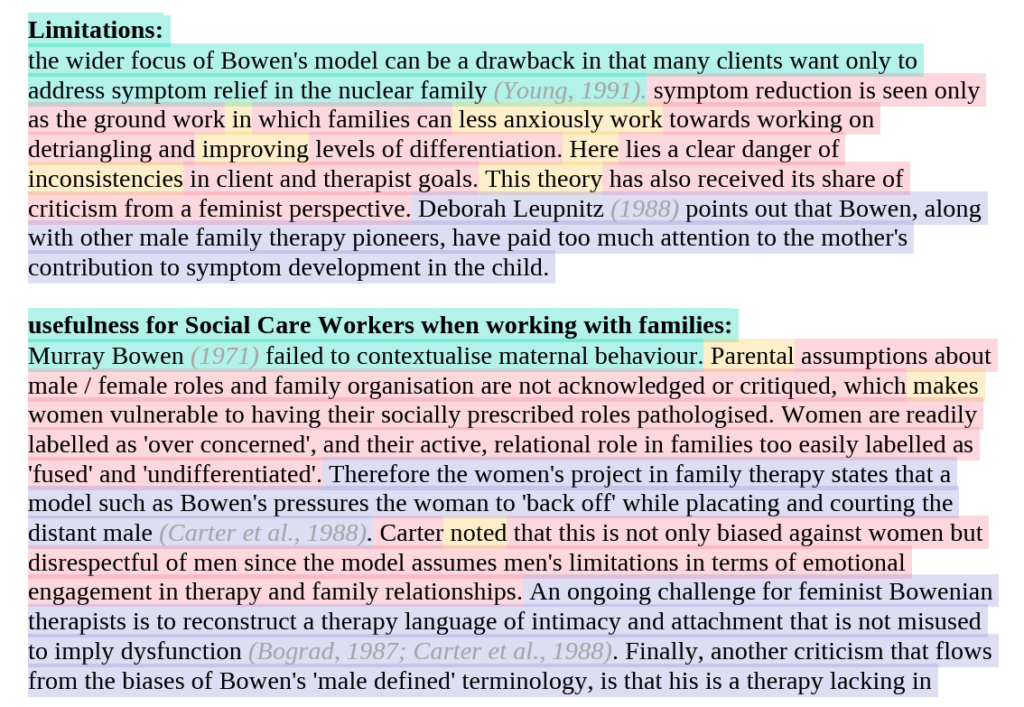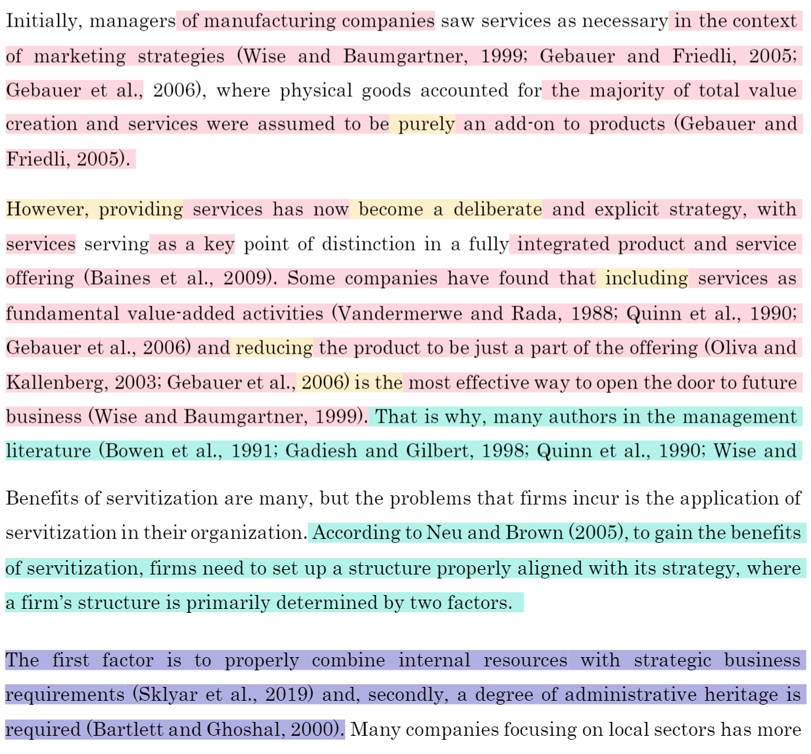What exactly is plagiarism software?
Everything you need to know about plagiarism checkers:
Your professor and university may check your essay for plagiarism, even if unintentional. Here’s how.
What exactly is plagiarism software?
Your professor and university may check your essay for plagiarism, even if unintentional. Here’s how.
UK & European universities use software (such as Turnitin and Plagscan) to automatically determine whether theses that have been submitted by students are original or “copied.”
Plagiarism means when a dissertation contains a section of text that is similar to a text written by someone else that is not used as a direct quotation.
Universities, of course, do not permit plagiarism: your thesis and references must be original.
So-called “anti-plagiarism” software detects and prevents plagiarism, rejects the essay and even reports the writer to the authorities in the most severe cases.
Read on to learn more about the practical and legal ramifications if your university discovers plagiarism in your thesis.


Your university will upload your essay file to the plagiarism checker, which scans it automatically.
In just a few minutes, very complex algorithms compare millions of texts to find similarities with yours (even in the case of paraphrases).
After the check, the software generates a detailed report that shows which sentences are similar to others that already exist elsewhere, indicating the amount of similarity in your thesis.
Your university will immediately see if your work is original or if any issues need to be addressed.
Sometimes, plagiarism checkers detect a “similes” / “similarity” between your text and another, even if you did not copy it on purpose.
For example, if you wrote a sentence similar to an existing text or if you quoted it without adequately formatting it.
The plagiarism checker can only detect similarities in the texts and cannot tell whether you plagiarised it on purpose or by chance.

The texts with which your dissertation will be compared may differ depending on the software. Professional plagiarism checkers used by United Kingdom and European universities typically rely on databases that contain millions of documents, such as:
In some cases, previous academic theses written by other students and manually entered by universities are also checked.
Sometimes a text is unavailable in digital form and cannot be used by the plagiarism software. In that case, the reference can’t be compared to your essay. Any similarities or plagiarism will not be detected.
Plagiarism detection software is unable to detect the following:
Even if there are many tips for avoiding plagiarism, it is common for your thesis to contain similarities to other texts, even if you are unaware of them.
The simplest way to avoid problems with your university is to run your thesis through reliable anti-plagiarism software (avoid free ones, they are incompatible with university checks).
This way, you can see if a section of your thesis has been identified as possible plagiarism, allowing you to make changes before sending the document in.

Upload your file without the obligation for online registration.
Your upload will remain entirely anonymous: we will never save your documents and there is no need for any software or apps to be installed.
When checking your academic essay for plagiarism, relying on free software can be risky. Free websites have limited resources, no accurate algorithms and no dependable databases: the percentage of plagiarism they detect is incompatible with your university's checks!
| Plagiarism Checker | Free | Paid |
|---|---|---|
| Amount of text to be checked | You can't check long texts in one go because of a common word or character limit. | There is no word limit; you only pay for the amount of text you want to check. |
| How do they compare my thesis? | They only look to see if your text is similar to what you can find on other websites. | We compare your text to all websites and millions of books, journals, research papers and industry documents stored in private databases. Our software is similar to those used by your university. |
| Type of report | You will only receive the percentage of plagiarism found in your text. In some cases, this will include online sources. | We will send you a detailed plagiarism report that shows the percentage of plagiarism found using online sources and a private database. The original text found in the plagiarised sections will be highlighted. |
| Compatible with plagiarism checks by universities | No, it does not detect the same level of plagiarism. | Yes, professional software available to students is sometimes more accurate than the software used by universities. |
| Plagiarism removal consultation | No, these websites do not typically provide plagiarism removal services. | Some websites, such as Doctor Plagiarism, provide specialised advice for thesis correction and plagiarism removal. |
| Privacy | It is not always clear how personal data is used regarding privacy. | Your data privacy is protected when using our software. |
| Cost | Free | Starting at £ 0.33 per page. |
| Service | Free sites use obnoxious or deceptive advertising, services are locked behind hidden fees and downloading apps or harmful software is required. | You are the one requesting our plagiarism services, paying only the price per page. We don't need to trick you with false advertisements, downloads or other hidden costs to accomplish this. |
Aggregating data from free plagiarism sites and professional checkers. For more information, visit our page listing the best plagiarism software providers to learn about the differences between the various services, essential features and available prices.
It depends. For example, Turnitin and Plagscan save a copy of the thesis in their database which can then be used to compare it to other documents in the future.
However, Doctor Plagiarism, Scribbr, Zero Plagiarism, Plagramme, and Tesiverified will not save a copy of your thesis.
In our comparison article, you can find out which software providers save a copy of your thesis.
We are available to answer any questions or doubts you may have.
From the operating of our plagiarism checker to providing the solutions that will remove any detected plagiarism in your academic essay, we are here for you!